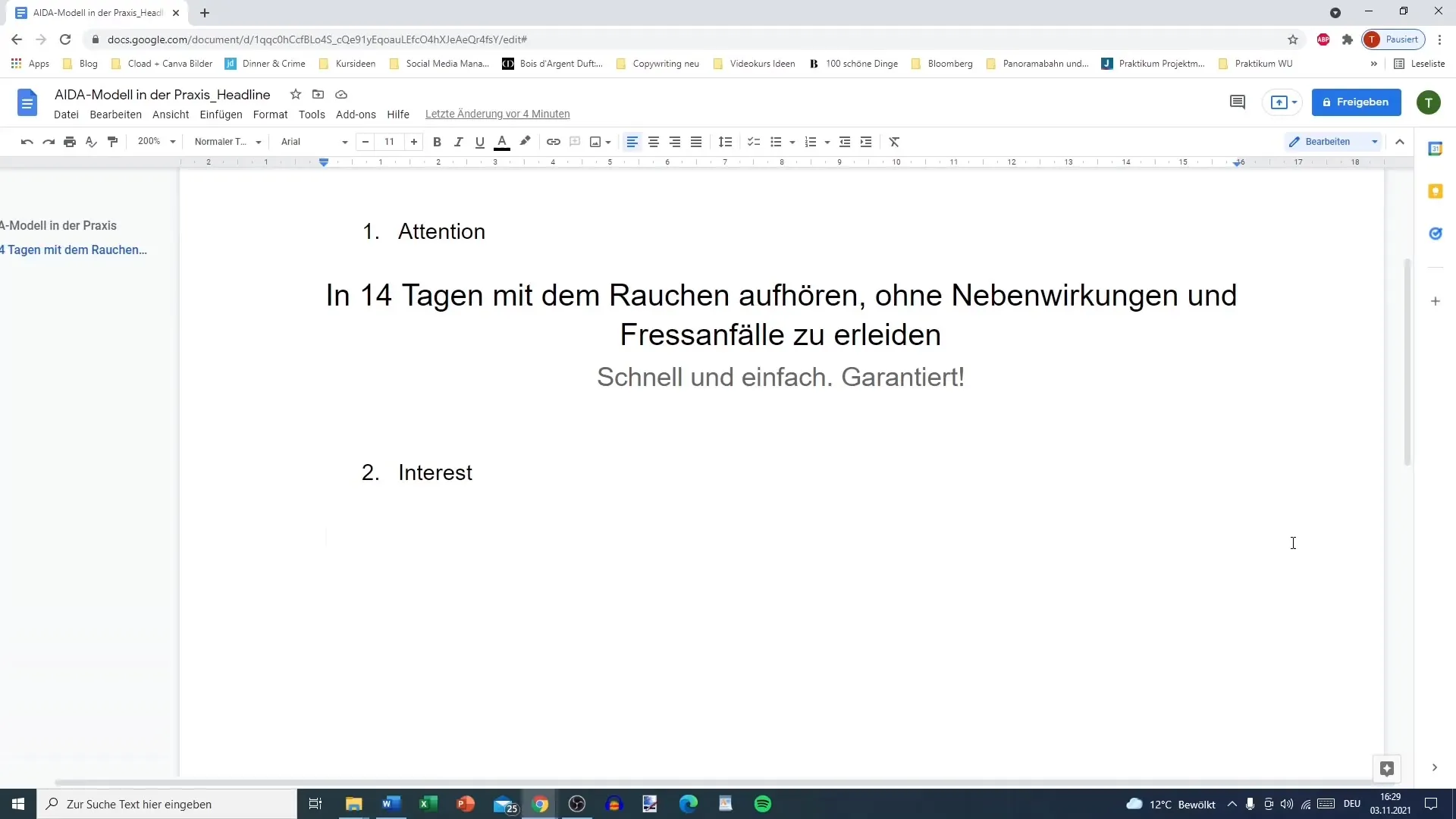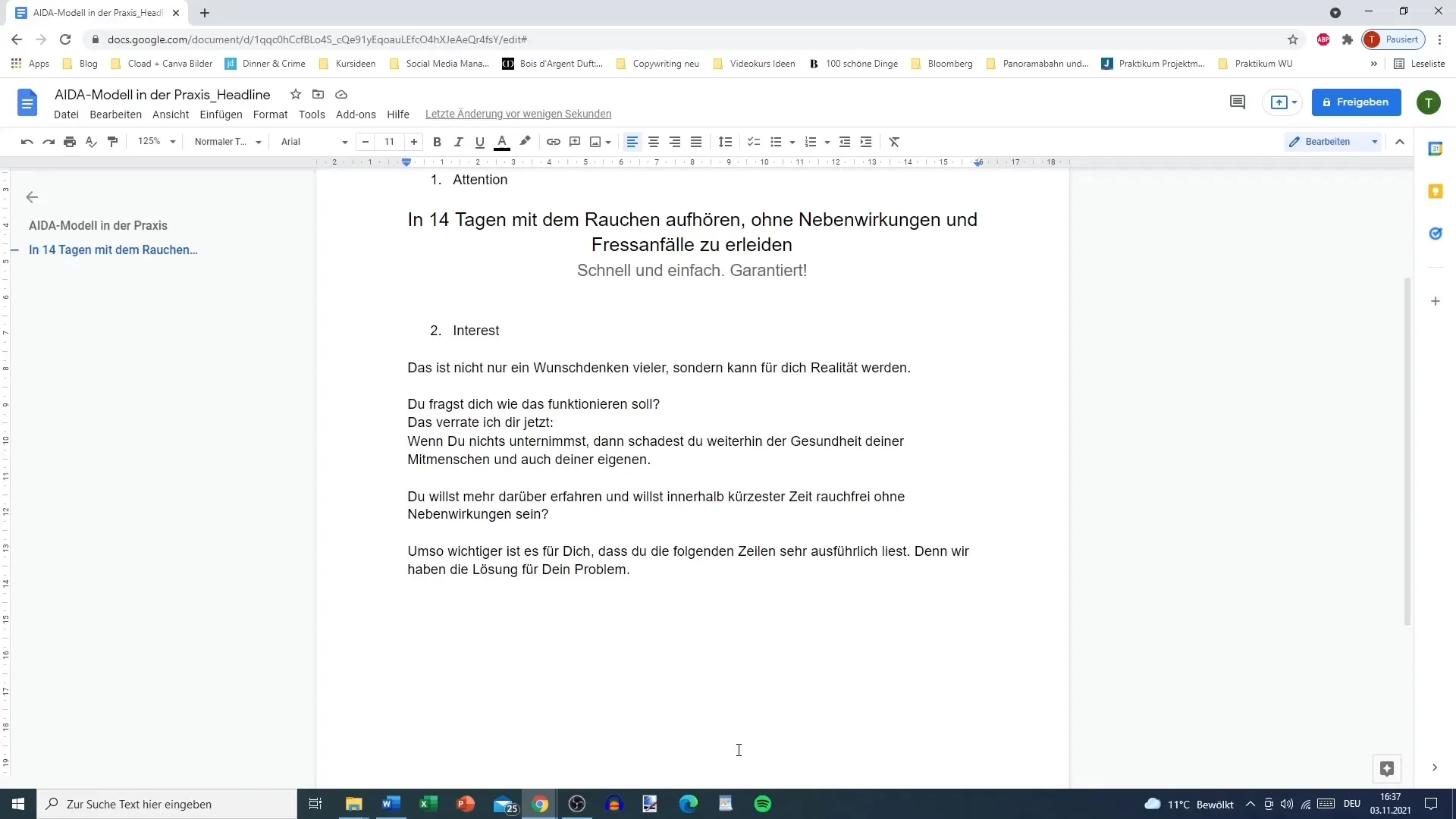The introduction plays a crucial role in writing texts, especially in copywriting. It serves as the first connection between you and your reader. In the first few seconds, the reader decides whether to continue reading or leave the page. Therefore, it is essential to capture the reader's interest in the shortest amount of time. Here you will learn how to write compelling introductions that engage readers to continue reading.
Main Takeaways
- The first impression counts: The introduction should capture interest within 10 seconds.
- Rhetorical questions are an effective way to increase curiosity.
- Emotional appeal can help highlight the consequences of not continuing to read.
- The structure and readability of the introduction are crucial for mobile and desktop users.
Step-by-Step Guide
Step 1: Capture Attention
The first step in crafting an introduction is to capture the reader's attention. You have about 10 seconds to do so. This means you should work with strong, emotional, or rhetorical questions. Consider what questions could resonate with your target audience.

These questions should not only pique curiosity but also directly introduce the topic you plan to address.
Step 2: Generate Interest
Once you have captured attention, the next step is to deepen the interest. A good approach is to integrate descriptive elements that clearly outline the reader's problem or need. Consider what your reader can gain or lose by not reading your solution.
Wondering how this will work? This can help drive readers to continue reading and seek answers.
Step 3: Create an Emotional Connection
To enhance the emotional connection, it is useful to present specific and tangible consequences that may occur if the reader does not continue reading. For example, if you are writing about smoking, you could highlight the health risks that affect both the smoker and those around them.
Such emotional appeals can help convey urgency and motivate the reader.
Step 4: Encourage Reader Action
An effective element of your introduction is the call to continue reading. Let the reader know that they can achieve the goal by reading your subsequent advice. It is important to keep this part concise. A clear and inviting wording will prompt the reader to follow the next paragraphs attentively.
Use phrases like "Continue reading to find out how to achieve your goal" or "Stay tuned to discover the solution to your problem".
Step 5: Check Structure and Readability
To ensure that the introduction is easily readable on different devices, make sure to structure it in a way that remains appealing on both smartphones and desktops. This means you should use sufficient paragraphs and clear organization in your introduction.
Presentation is crucial; the reader should be able to scan through your text effortlessly without struggling with excessive scrolling. Also, consider that short paragraphs and clear wording help maintain attention.
Step 6: Finalize the Introduction
Once your introduction is drafted, go through it again and verify that it clearly and succinctly summarizes your topic. You should ensure that all key points are covered without overwhelming the reader with information.

Your goal is to create an invitation to continue reading – not a complete exhaustion of the topic.
Summary
A compelling introduction can be crucial in determining whether your text will be read or not. By capturing your reader's attention in the first few seconds, writing in an engaging and emotionally appealing manner, you lay the groundwork for your success in copywriting.
Frequently Asked Questions
How long should an introduction be?An introduction should generally consist of 3 to 5 short paragraphs or 30 to 50 words.
How many questions should I use in my introduction?It is advisable not to ask more than two to three targeted questions to increase attention without overwhelming the reader.
Can I write an introduction without questions?Yes, there are many ways to structure an introduction, even without questions. Try presenting an interesting statement or a provocative thesis.


